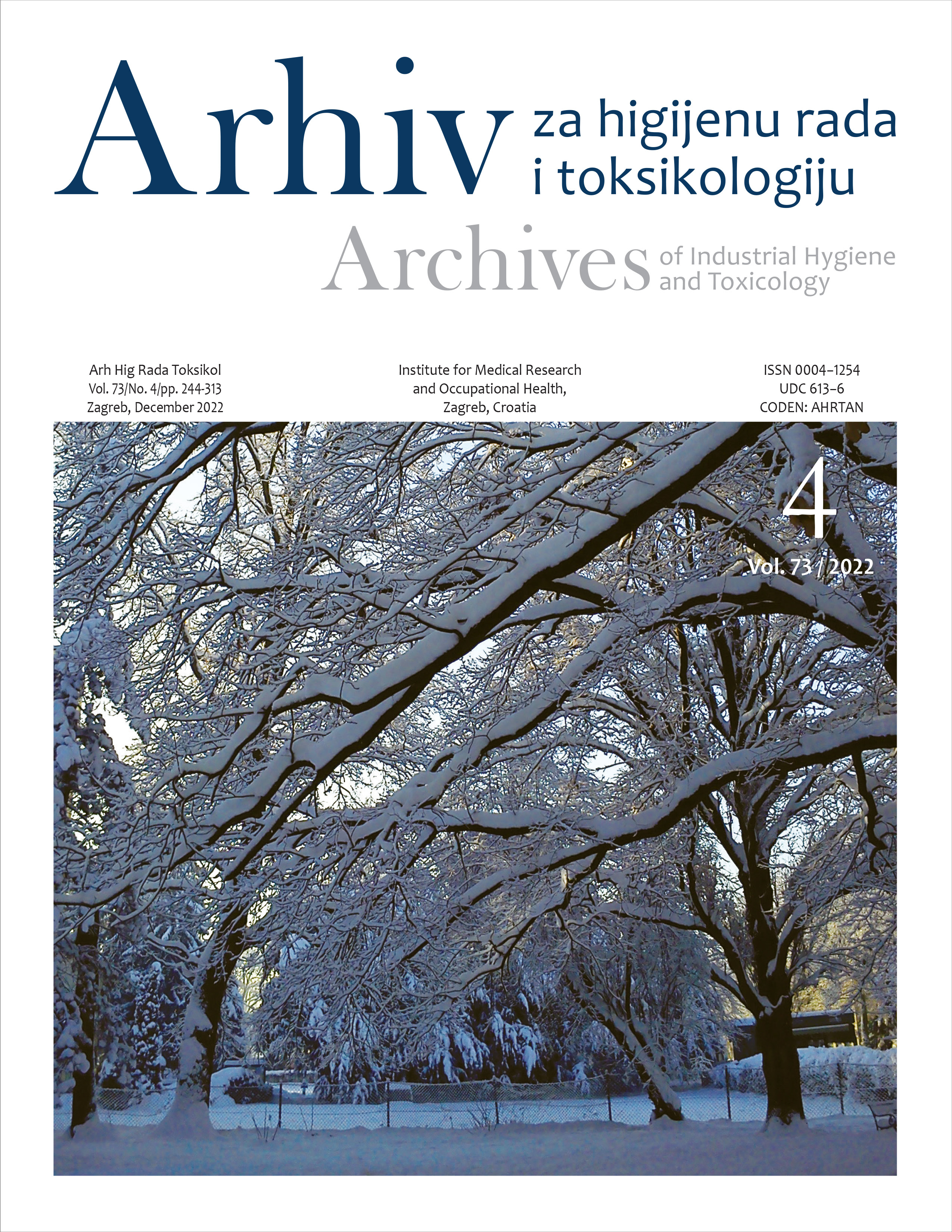Metabolic and genetic derangement: a review of mechanisms involved in arsenic and lead toxicity and genotoxicity
DOI:
https://doi.org/10.2478/aiht-2022-73-3669Keywords:
arsenic trioxide, DNA damage, human health, metal availability, oxidative stress, reactive oxygen speciesAbstract
Urbanisation and industrialisation are on the rise all over the world. Environmental contaminants such as potentially toxic elements (PTEs) are directly linked with both phenomena. Two PTEs that raise greatest concern are arsenic (As) and lead (Pb) as soil and drinking water contaminants, whether they are naturally occurring or the consequence of human activities. Both elements are potential carcinogens. This paper reviews the mechanisms by which As and Pb impair metabolic processes and cause genetic damage in humans. Despite efforts to ban or limit their use, due to high persistence both continue to pose a risk to human health, which justifies the need for further toxicological research.














